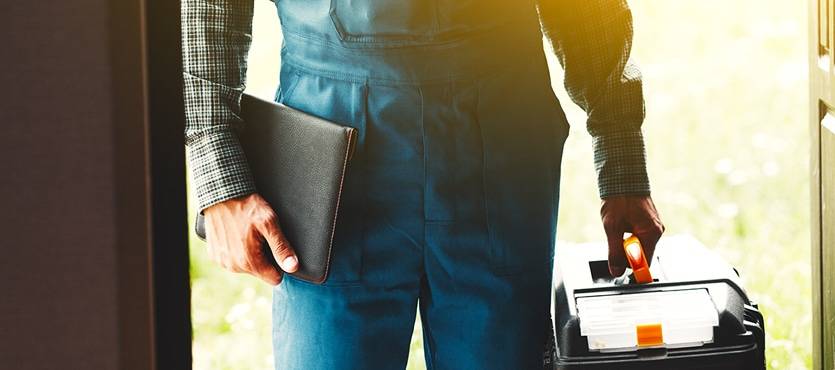Grease traps are essential, especially in a commercial kitchen. They prevent cooking fat from getting into the drainage system and causing a blockage. Thus, the chances of sewer blockage are higher when you don’t have one for your kitchen. As such, grease trap installation is a significant step towards sustainable and worry-free kitchen operations.
To maintain your grease trap efficiently without breaking the bank, learn how to clean a grease trap with these cost-saving tips. Professional assistance is sometimes necessary.
Install a Strainer
Grease traps are specifically for FOG (fat, oil, and greases). Therefore, avoid turning it into a dumping point for solid food. When the food gets in there, it tends to fill faster, prompting the need to empty it. Also, you may have to deal with frequent clogs because of solid food.
To avoid this costly inconvenience, consider installing a filter. It will retain solid food in the sink and only allow fluids and FOG to flow through. And thanks to this measure, you can prevent frequent clogging.
Proper Grease Trap Installation
Poor installation of the grease trap makes it fill too quickly. As a result, you’re forced to schedule cleaning more frequently, costing you more. However, when you hire professionals, they’ll install it accurately. This will prevent the grease trap from filling up faster and improve its efficiency.
Have a Grease Container
It’s easy to forget sometimes, and because of that, it’s essential to have a grease container in the kitchen. The grease container will be a valuable place to dump used oil. Also, it will remind you that you shouldn’t dump used oil through the kitchen sink.
Avoid Dumping Grease Directly into the Drain
Even though the grease trap’s primary purpose is dealing with grease, you should avoid dumping it directly into the drain. And the less grease you get into your grease grass trap, the less you’ll have to clean it. Further, this will also reduce the maintenance cost, in addition to cleaning.
Furthermore, grease traps have a longer lifespan when they undergo less cleaning and maintenance. Therefore, to reap all these benefits, here are tricks on how to reduce filling the grease trap quickly:
Fry Less and Bake More
The more you fry food in the kitchen, the more grease waste you create. However, you can limit this by baking foods instead of constantly frying them.
Oil Reusing
Using new oil every time creates more oil than you need to dump. However, you can prevent this by reusing the oil from your kitchen. And with less oil to dispose of, less of it will find its way into the trap.
Wipe Your Dishes
Before putting the dishes in the sinks for washing, wipe them thoroughly. You can scrap the remaining food off the plate and pour it into the trash can. Doing this reduces the amount of grease that will get into the trap.
Hire a Professional to Clean the Grease Trap
Save money by hiring a professional to clean your grease trap regularly. For starters, get an experienced plumbing service like Flamingo Plumbing & Backflow Services. We will help you design an ideal cleaning schedule and deliver results that align with local code.
Further, with our experience in providing this service, we will ensure nothing gets damaged. And most importantly, we will help you handle the awful smell and mess from your grease trap.
Final Take
We trust this information proves valuable to your quest to clean a grease trap. Implementing each tip saves money and enhances your grease trap’s efficiency. And whenever you need professional assistance, contact Flamingo Plumbing & Backflow Services.






